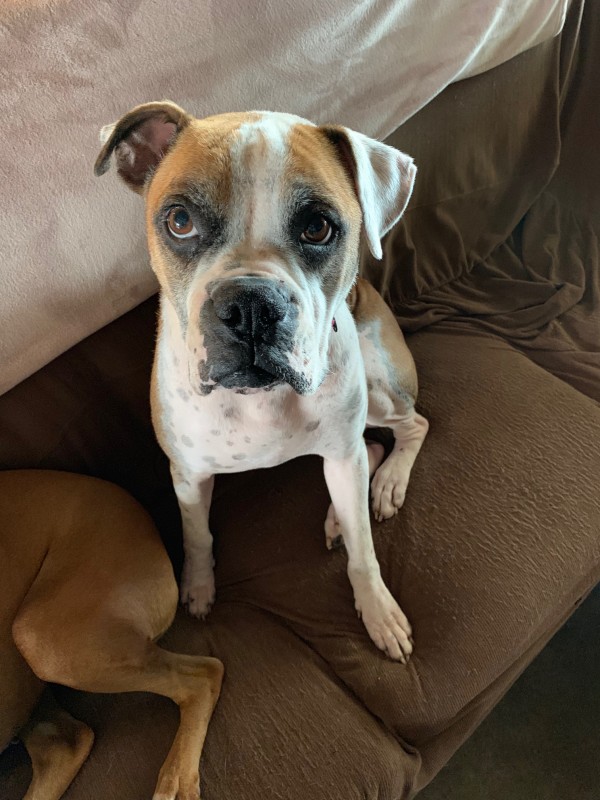It’s not something you often think about and hopefully you’ll never have to do it but administering first aid to a pet can be a stressful situation, especially if you don’t have the right supplies. Here are ten items to include in a pet first aid kit — it just may save your dog’s life.

- Bandages – Gauze, clean rags, even a sock can be used as bandage material to help control bleeding and keep wounds clean until they can be treated by a veterinarian. Non-adhesive vet wrap is also great to have in a dog first aid kit, as it does not stick to animal fur and is easier to remove. Meanwhile, duct tape can be useful for holding temporary wraps or splints.
2. Scissors – It would be extremely difficult to cut tape, gauze, splints, or any other type of bandaging material without the use of scissors. There are even specially designed scissors or shears with an edge that allows you to remove bandaging near your pet’s skin without accidentally cutting him or her.
3. Sterile Saline Eye Wash – Sterile saline wash is vital should your pet ever have debris or smoke in its eyes. Just apply liberally and flush the eyes until all debris is removed. You may also want to keep some sterile eye lubrication in your dog first aid kit, so that you can sooth your pet’s eyes after using the sterile flush.
4. Water – Water is not only useful for rehydrating a pet, but also for flushing wounds, soothing burns, washing off toxins, soaking a paw, or cooling an overheated pet. Keep a gallon of water in your first aid kit along with a collapsible dish in case you are away from home.
5. Medications – In addition to a small quantity of your pet’s regular medications, keep styptic powder, diphenhydramine, and sugar tablets in the pet first aid kit. Styptic powder stops bleeding in cases of minor cuts or torn nails; diphenhydramine (or Benadryl) is an antihistamine that can be used temporarily for mild allergic reactions; and sugar tablets can help a diabetic pet or a small pet with low blood sugar. Hydrogen peroxide can also be kept in a dog first aid kit, as it can inducing vomiting and help get rid of ingested toxins or foreign objects. However, this should only be under the direction of a veterinarian, as some toxins or materials will cause more harm if they are vomited up.
6. Dish Soap – Dish soap, such as Dawn, is very effective in removing toxins from the skin and fur. Just remember to rinse and flush your pet afterwards with water.
7. Thermometer – A thermometer is necessary in determining if your pet has a fever or is hypothermic (the normal body temperature for a dog and cat is approximately 99.5-102.5°F). However, veterinarians typically recommend that the temperature be taken rectally, as it more accurately reflects the pet’s core body temperature. To make the insertion easier on your pet, keep a petroleum or water-based lubricant in the first aid kit.
8. Contact Card – In an emergency, don’t lose valuable time looking up the phone numbers for an animal emergency hospital, veterinarian, local police, or poison helpline (Pet Poison Helpline at 1-855-213-6680). Keep them all on a small index card in your wallet, along with the identification numbers for your pet’s microchip and rabies tag. The Pet Poison Helpline also has a great iPhone app for toxin information and guidelines.
9. Restraints – Dogs and can become fearful, aggressive, and unpredictable when hurt. Avoid injury to yourself and keep your pet safe by having a blanket, slip-leash, muzzle, in your first aid kit. Blankets can be used to wrap injured pets up like a taco, A dog muzzle, meanwhile, can ensure you’re not accidentally bitten when administering first aid.
10. Treats- Don’t forget the dog treats! It’s a great way to calm and distract an injured pet. This is especially helpful during bandaging, but really can help in any stress-filled first aid situation.
